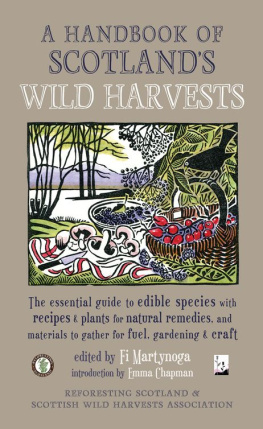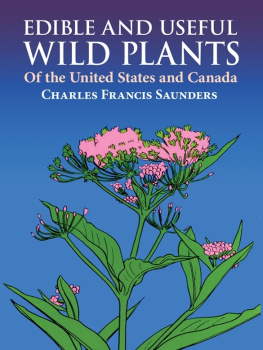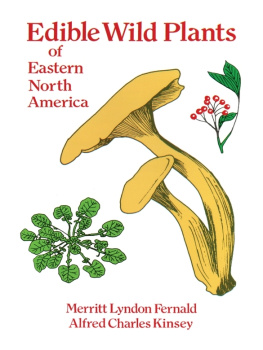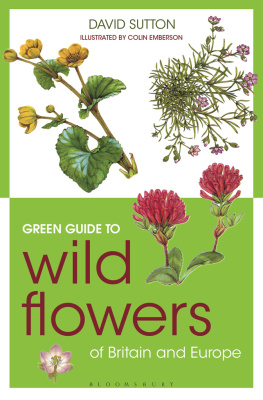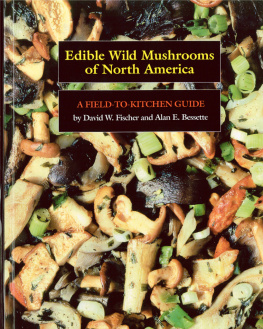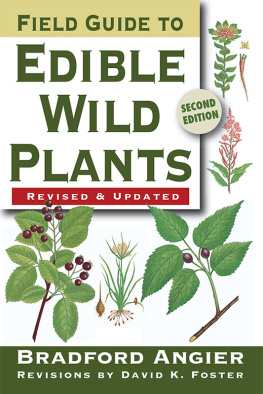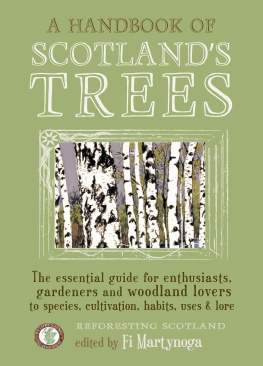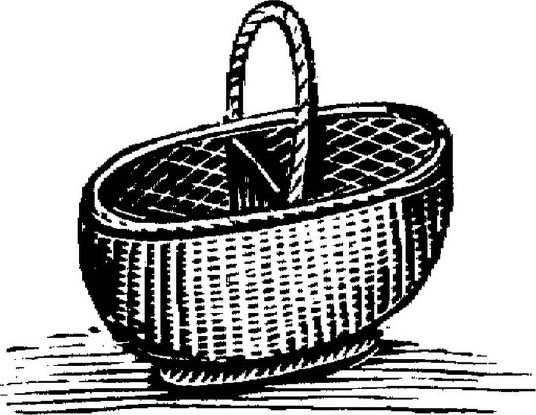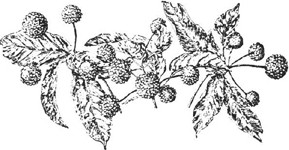I have collected mushrooms myself for many years, and all our chefs are experienced in gathering wild local ingredients for our dishes. What I find really exciting about this book is the number of unusual flavours and species it highlights, and how many new ones we can look for in addition to the more familiar species. In Scotland the value of our wild ingredients has been well recognised and valued long before foraging became as fashionable as it is now. This guide reveals so many new possibilities and emphasises how lucky we are to have such a fantastic variety of edible wild mushrooms, plants and seaweeds. All this bounty makes us the envy of top chefs not just in the UK but around the world. With the resurgence of interest in sustainability and the creative use of our native fresh ingredients, this inspiring and comprehensive resource comes at the perfect time.
Andrew Fairlie Andrew Fairlie at Gleneagles is Scotlands only 2-Michelin starred restaurant
This is a treasure-chest of practical information, first-hand experience and common sense advice, laced with passion and enthusiasm, that will inspire and give confidence to go foraging safely and sustainably.
Tess Darwin , Falkland Centre for Stewardship
We have been foraging our lands for centuries to feed, clothe and warm ourselves. Here Fi Martynoga has put together an incredibly informative handbook detailing all things edible, drinkable and sustainable. Now, where are my wellies?
Neil Forbes , Scottish Restaurant Awards Scottish Chef of the Year 2011
This book is like a box of treasure: dip in and youll find fascinating nuggets of information that will make you appreciate Scotlands wild harvest so much more.
Danielle Ellis , blogger for the Edinburgh Foody (edinburghfoody.com)
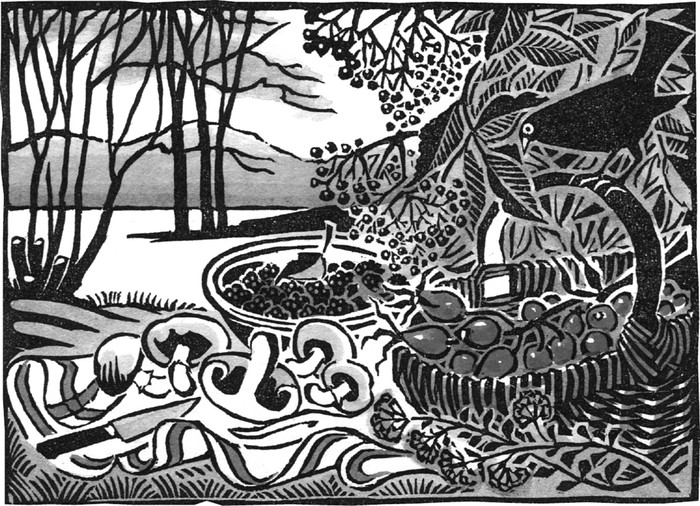
CAUTION: consuming wild plants can induce severe (even, in rare cases, fatal) reactions. Always try new species carefully in very small quantities and avoid plant families that provoke allergic responses (see plant families in the Seasonal Harvesting charts); check before serving wild plants to your guests. This handbook should not be used alone for plant identification. See pages for recommended identification guides. Neither the publisher nor the experts or charities who have compiled this book can accept any liability for any adverse effects caused by handling or consuming wild plants.
CONTENTS
,
,
,
,
,
,
,
,
,
,
,
,
,
,
,
,
,
,
,
,
,
,
,
,
,
,
,
,
,
,
,
,
,
,
,
,
,
,
,
,
,
,
,
,
,
,
,
,
,
,
,
,
,
,
,
,
,
,
,
,
,
,
,
Mankind evolved in the wild. Foraging and hunting are in our genes, though shooting and fishing are beyond the scope of this book. So many of us in Scotland now live in cities, far removed from nature, that a return to picking anything other than brambles can present problems. Theres one set of anxieties about identifying species correctly and another set about trashing natural resources.
This book should reassure and set you up with the information you need. It is designed to tell you what you might find, and where and when you might come across it in Scotland. Foraging in the Scottish countryside is nothing new. In 1709 an early Keeper of the Edinburgh Botanical Gardens, Dr Robert Sibbald, wrote a detailed account of species used by country people in times of scarcity. Many of them correspond to what you will find in this book, which covers the most useful and widespread species in detail but also mentions lesser known ones. Most of them are natives but others are naturalised, or may be found within semi-wild areas such as estates and parkland . Almost all of them are resilient, so harvesting them sensitively will not threaten them.
Thanks to the enthusiasm of members of the Scottish Wild Harvests Association and Reforesting Scotland , the book has progressed from a passing thought to a practical reality in just a few months. Shaping it and drawing the many contributions together has engrossed me all winter, giving me longings for spring and the start of new harvests.
People have written at different lengths according to their expertise, the time they could offer, or in response to my badgering . Submissions varied from a couple of recipes, to whole chapters of carefully researched and laid out information. Several chapters are composites, made up of many of these offerings, all of which have been attributed to their authors, although occasional paragraphs have been moved from their parent text to a more appropriate chapter. In those cases, attribution has not always been possible for aesthetic reasons, or those of space. Where whole entries are unattributed, it is because I have written up an orphan species by drawing on my own foraging enthusiasms and repertoire of recipes.
Although not primarily intended as an identification guide, you should find the species descriptions helpful in differentiating many plants. To assist you further with photographs, we will be releasing a mobile phone app version of this book (please see www.saraband.net for more details).
However, there is still an abiding need for good identification books, and the bibliography will supply you with a list of some useful ones. Once you are completely sure of a plants identity, this book will fill out its portrait in a way that a field guide cannot hope to. Whatever you go out seeking, slip it into your basket, as foraging trip are full of surprises. Good hunting!
Fi Martynoga
There have been a number of foraging books published over the past few years, but none quite like this one. One clue rests in the title this book is from Scotland. What grows, and when, differs between north and south, even in a country as small as the UK. Even more importantly, this is a collaboration between two of Scotlands passionate environmental organisations, networks of people who want to change the world, and get their hands satisfyingly dirty in the process. Reforesting Scotland (RS) has a mission to restore the land and the people and it all started with hands-on tree planting. A social and political vision has alway guided its activities, but the personal and the practical is always there as well, due to the kinds of people Reforesting Scotland attracts as members. An example of this is the organisation s pioneering work on the potential and benefits of non-timber forest products in Scotland, which led to the birth of the Scottish Wild Harvests Association (SWHA).
Promoting sustainable harvesting is part of SWHAs raisondtre. Using wild products is more than a fashion for us; its a treasured part of life, now and, we hope, in the future. This book either sticks to species that are abundant enough to be harvested without causing harm, or, in cases where there may be some danger of overexploitation, details how to avoid it.
The writing itself was gathered by putting out a call among RS and SWHA member experts and asking for species champions : someone for each species who would give not just dry facts, but also the reasons why they routinely take that particular plant or fungus into their lives and homes. From across Scotland people who live and work with trees and wild resources responded, people who look to the woods and the wild not just for food, but also for medicines, craft products, heating, shelter and materials, and inspiration for gardening and managing land. Theyve written from personal knowledge about what foraged goods inspire them most. The result is a diverse collection of writings drawing on a tremendous depth of collective experience . Lifelong experts and trained professionals have shared their knowledge generously, giving invaluable tips on preparation and harvesting, and fascinating glimpses of ecological and cultural contexts. Even the most experienced forager will find something here that is intriguing, useful and new.

